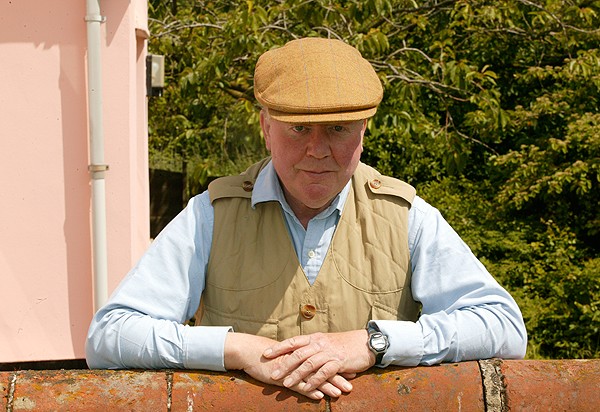Rangefinder learns to call roe

As each roe rut comes round it brings with it recollections of previous ones. Every rut has its incidents that years later have an almost photographic clarity. Human vanity being what it is, some of these recall small successes, but I can honestly say my memories do not dwell exclusively on these. Failures fall into categories, foremost of which is a no-show. It is undoubtedly frustrating to call to no avail in a wood where a buck is known to live. The understorey prevents the stalker from seeing whether the buck is at home, and in these circumstances it usually remains a mystery as to whether he was there at all or, being there, was simply unresponsive.
Another category of failure is the own goal of the roe caller moving on too quickly after calling. Years later, I can still recall with embarrassment walking away too soon from a calling position and bumping into an incoming buck at the wood side. Another sunny early August morning induced a snooze after a seemingly unsuccessful calling session on the woodland edge. A surprised stalker was awoken sometime later by the close presence of a disappointed buck.
In roe stalking, the behaviour of the species more often than not gives the stalker who is patient enough to wait for it the chance of a broadside shot. Correctly placed, such an engine-room shot is unlikely to damage the carcase. This is not the case in the rut. During that time a called buck is likely to come in close presenting from the front. On the occasions when carcases are damaged, there is always a feeling of failure and the suspicion that if one had waited, a regular shot would have been offered and carcase damage avoided.
However, the greatest downer is to call and shoot a buck that shouldnt have been shot. In one case, roe deer were damaging a coppiced wood and there was fray sign, indicating the presence of a young buck. The wood was too thick to call in, as visibility was restricted to a few yards. However, I tried calling from the low bank which, to my surprise, induced a response. A glimpse of a buck in the undergrowth gave a chance, which I took quickly, only to discover that I had shot a mature buck. While gralloching it in the wood, I became aware of a hazel stand moving in the wind 50 yards away. It took me a few moments to realise the afternoon was a calm one and then to call in and despatch the fraying yearling spiker that had been on my original list. So, shamefaced, I came away with a brace of bucks.
An ability to call to good effect is useful to the deer manager, as it informs him as to the bucks and does he has. Above all, the stalker caller needs to remember that it is not necessary for him to kill every buck that comes to the call. I once had a magnificent roebuck on my ground, which is generally populated by bucks with indifferent heads. This buck was the exception. Not only was he obviously heavily bodied, he also had a classic medal-quality six-point head. His territory was a four-square wood known as Bull Meadow and so he was naturally named the Bull Meadow buck.
I told my team that on no account was he to be culled and so he prowled the Bull Meadow and the adjacent fields for years unmolested. Each rut, I would call him once and he always obliged by coming in close in response to the call (a case of hope triumphing over experience). In his prime he was a magnificent animal and I had no desire to shoot him myself but only to subject him to my annual inspection. Then, one spring, I found he had decamped, crossed the road and taken up in a spinney with roads on three sides. Glassing him with the telescope showed he had gone back, and so his time had come. Rather than put down an old friend, I allocated the cull to the most discerning member of my team, who did his job and to this day has a special trophy on his wall the Bull Meadow buck. For the deer manager, for several years, the call had been an informative and nonlethal tool of the job.
Scottish deer law changes
On a separate note, I urge readers to respond to the Scottish Government consultation on its proposed changes to deer law. The key points requiring response are set out in Rangefinder in the 9 July edition of Shooting Times. The current proposals are enraging Scottish stalkers and landowners, and rightly so, as the whole stalking industry could be put at risk if they are made law. This is the moment to support Scottish stalking so please respond at www.scotland.gov.uk/Topics/Environment/Wildlife-Habitats/WildNatEnvBill.








